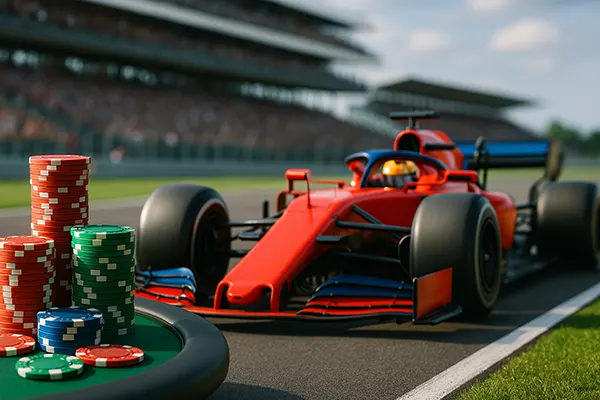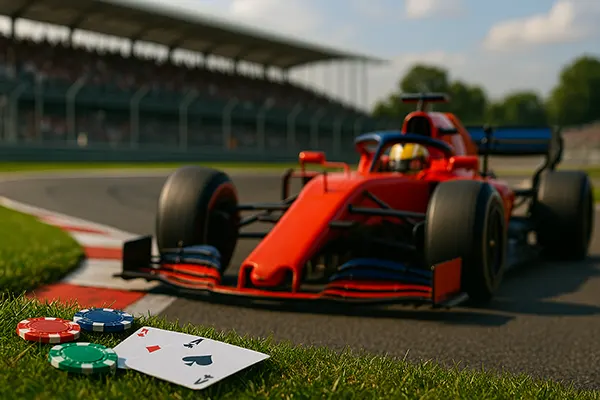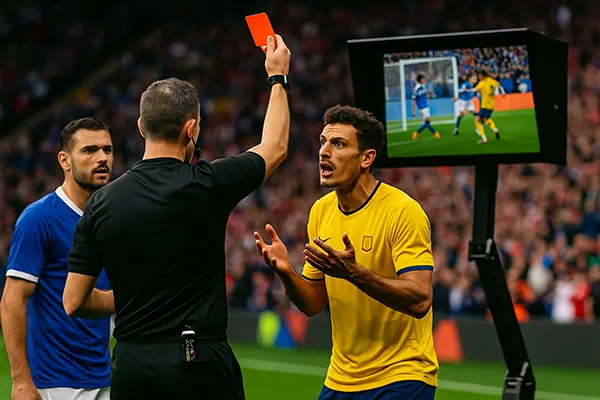Bets on Formula 1: How Will the New FIA Rules Impact the 2025 Season?

The 2025 Formula 1 season is shaping up to be a pivotal moment in the sport’s history, driven by a fresh wave of regulatory changes from the FIA. These new rules are designed to create closer competition, increase safety, and push innovation in car design. But for those placing bets on F1, these shifts could completely redefine which teams and drivers dominate the podium — and how odds are set. Below, we analyse the expected consequences of the FIA’s decisions and what punters should consider before placing their wagers in the new season.
New FIA Regulations and Their Technical Impact
The FIA has introduced a series of sweeping regulations for the 2025 F1 season, particularly targeting aerodynamic efficiency, power unit sustainability, and standardised car components. One of the most critical changes is the further limitation of wind tunnel testing for top-performing teams, which aims to balance the playing field by giving lower-ranked teams more development time. Additionally, hybrid power units will now be required to run on 100% sustainable fuel, continuing F1’s push toward net-zero carbon emissions by 2030.
Another major technical revision is the introduction of simplified front and rear wings to reduce the turbulent “dirty air” left behind by cars — a factor that has long hindered overtaking opportunities. With the adoption of these less complex aerodynamic structures, close racing is expected to improve across the grid, potentially reducing the dominance of traditionally strong teams like Red Bull and Mercedes.
These modifications will challenge engineers and force teams to rethink vehicle performance setups. Bettors should monitor winter testing closely to see which constructors adapt fastest to the new constraints, as early success in adapting to regulations often sets the tone for the season’s betting dynamics.
Impact on Constructors and Team Strategies
Teams with historically robust R&D operations, like Ferrari and Mercedes, may initially struggle under the new cost caps and aerodynamic restrictions, levelling the field for mid-tier teams such as Aston Martin and Alpine. Budgetary equality combined with rule-induced limitations may lead to unexpected podium finishes and more volatile race results — a significant opportunity for value bets in the 2025 calendar.
Smaller teams with less reliance on wind tunnel testing might gain early momentum, capitalising on their efficiency and streamlined development cycles. For example, McLaren’s performance in the latter half of 2024 demonstrated how quickly they can adapt when given the right technical freedom.
Strategic decision-making will also play a more pronounced role, with pit stop timing, tyre management, and qualifying tactics becoming even more critical under the aerodynamic changes. Bettors should look beyond just the fastest laps and pole positions, focusing instead on teams with consistent strategic execution and adaptability across circuits.
Drivers Under Pressure: Who Will Adapt Best?
The 2025 regulations place immense pressure on drivers to adapt their driving styles. Reduced aerodynamic grip means more sliding in corners and less room for error — especially in wet conditions. This shift will test the raw skills of drivers, rewarding those with finesse and control over aggressive handling. Lewis Hamilton’s smooth technique, for example, may prove more effective than the assertive approach of drivers like Sergio Pérez.
New talents entering the grid in 2025 will also be an unknown variable. With rookies coming from Formula 2 and other circuits, punters should watch early-season qualifiers to assess who’s comfortable with the new car behaviour. Historically, changes in vehicle physics tend to favour newer drivers without ingrained habits, offering long-odds betting opportunities.
Meanwhile, Max Verstappen remains a favourite due to his adaptability and ability to extract performance from any setup. However, the new rules may level the playing field, making consistent podium finishes harder to predict — a factor that will significantly influence betting odds across the championship.
Driver Matchups and Market Movements
One of the key betting strategies in the 2025 season will be head-to-head driver matchups. With regulation changes making race outcomes less predictable, focusing on intra-team duels — such as Russell vs Hamilton or Leclerc vs Sainz — may offer more stability than betting on outright winners.
Market volatility is expected to increase, particularly in the opening races. Bettors should pay attention to free practice sessions and qualification results, as these will provide early indicators of who has mastered the new setups. In-play betting markets may also become more attractive, given the likelihood of race-altering events like safety cars and pit-stop undercuts.
Bookmakers will likely adjust quickly to the trends, but there will be a window of opportunity for sharp bettors during the first three to five races of the season — especially when leveraging knowledge of driver tendencies under technical pressure.

Long-Term Outlook for the 2025 Betting Season
Beyond individual races, the new rules are poised to affect long-term betting markets such as Drivers’ and Constructors’ Championships. With potentially tighter competition, there is more value in ante-post bets on mid-tier teams and emerging drivers, provided bettors analyse form and adaptability in early races.
One interesting angle is how different circuits will favour certain setups under the new rules. High-speed tracks like Monza may highlight engine efficiency, while twisty circuits like Monaco could reward nimble cars with superior mechanical grip. Understanding these nuances will help punters select smart bets depending on the circuit profile.
Additionally, the 2025 rulebook places a greater emphasis on consistency rather than pure pace. This could lead to a scenario where no single driver or team dominates — boosting the appeal of spread betting and combination bets involving top-6 or top-10 finishes rather than traditional outright bets.
Key Takeaways for Smart Bettors
The 2025 Formula 1 season demands a shift in betting strategy. Instead of relying on past trends, bettors must actively monitor how teams respond to regulatory constraints and how drivers adapt to technical changes.
Analysing practice sessions, race strategies, and qualifying performances will be essential. Also, paying attention to new driver pairings and mid-season updates can reveal value bets before the market catches up.
Ultimately, the new FIA rules open a window for informed bettors to exploit uncertainty and volatility. With the right insights and timing, 2025 could be the most exciting F1 betting season in recent memory.




